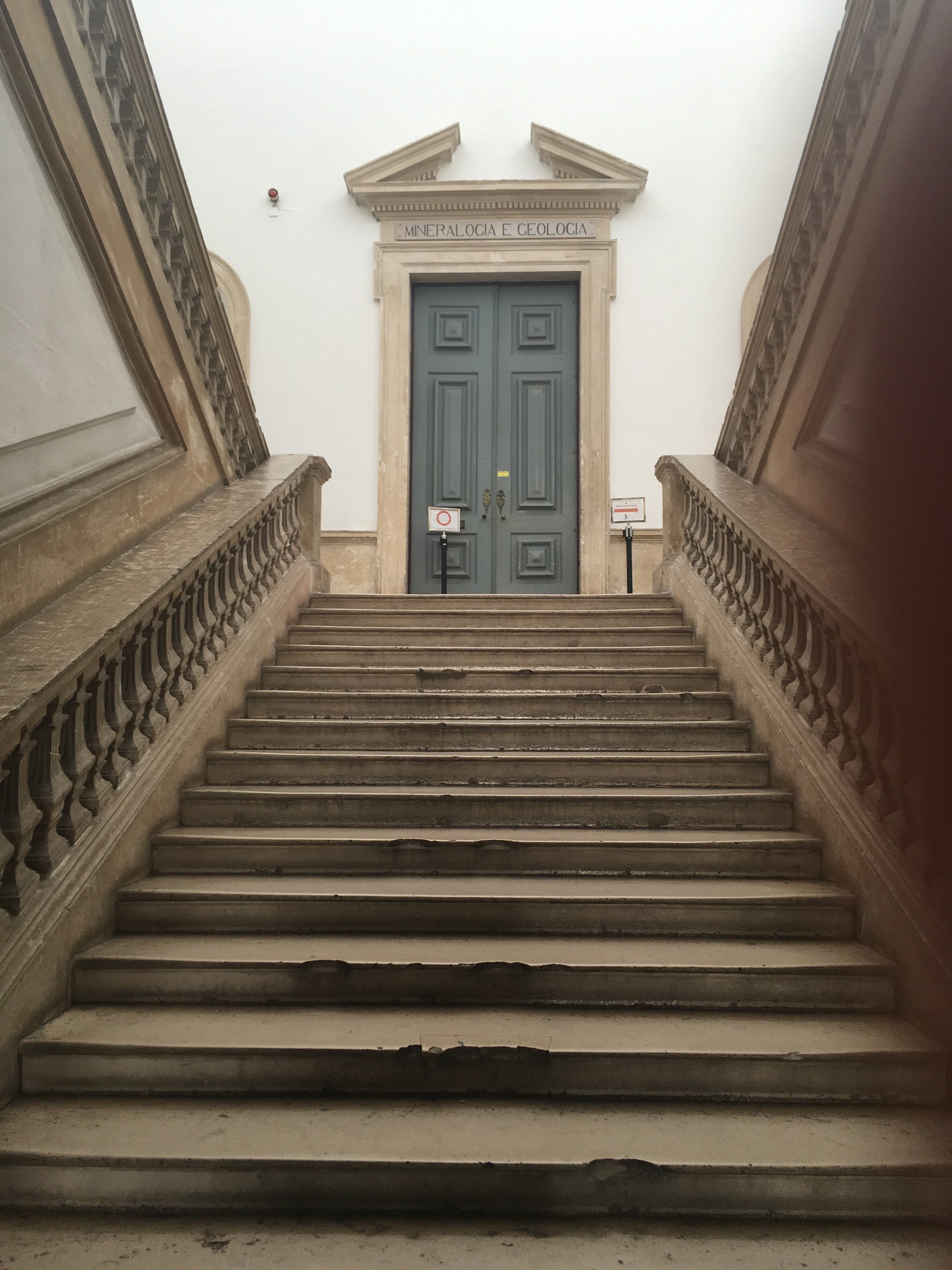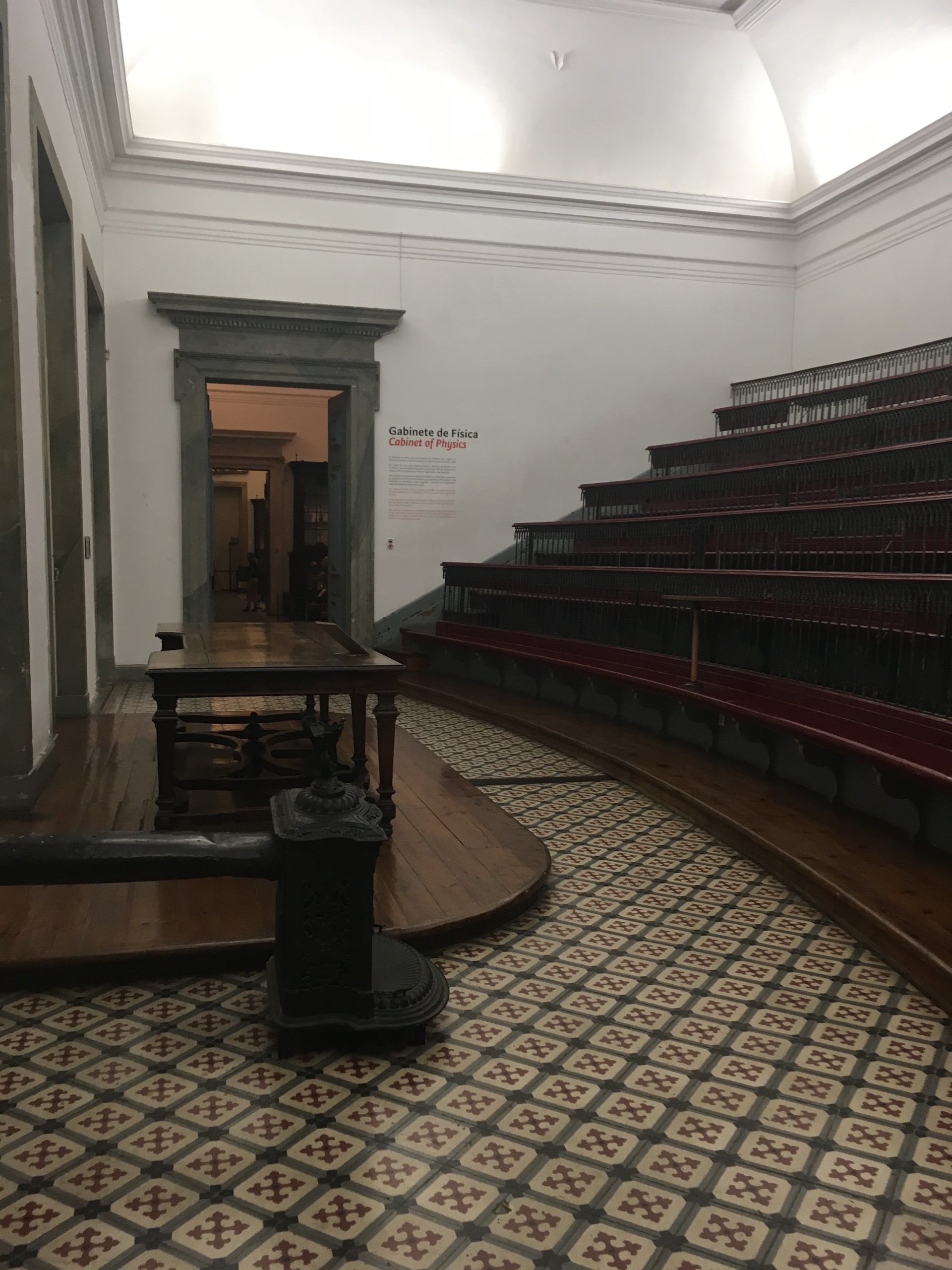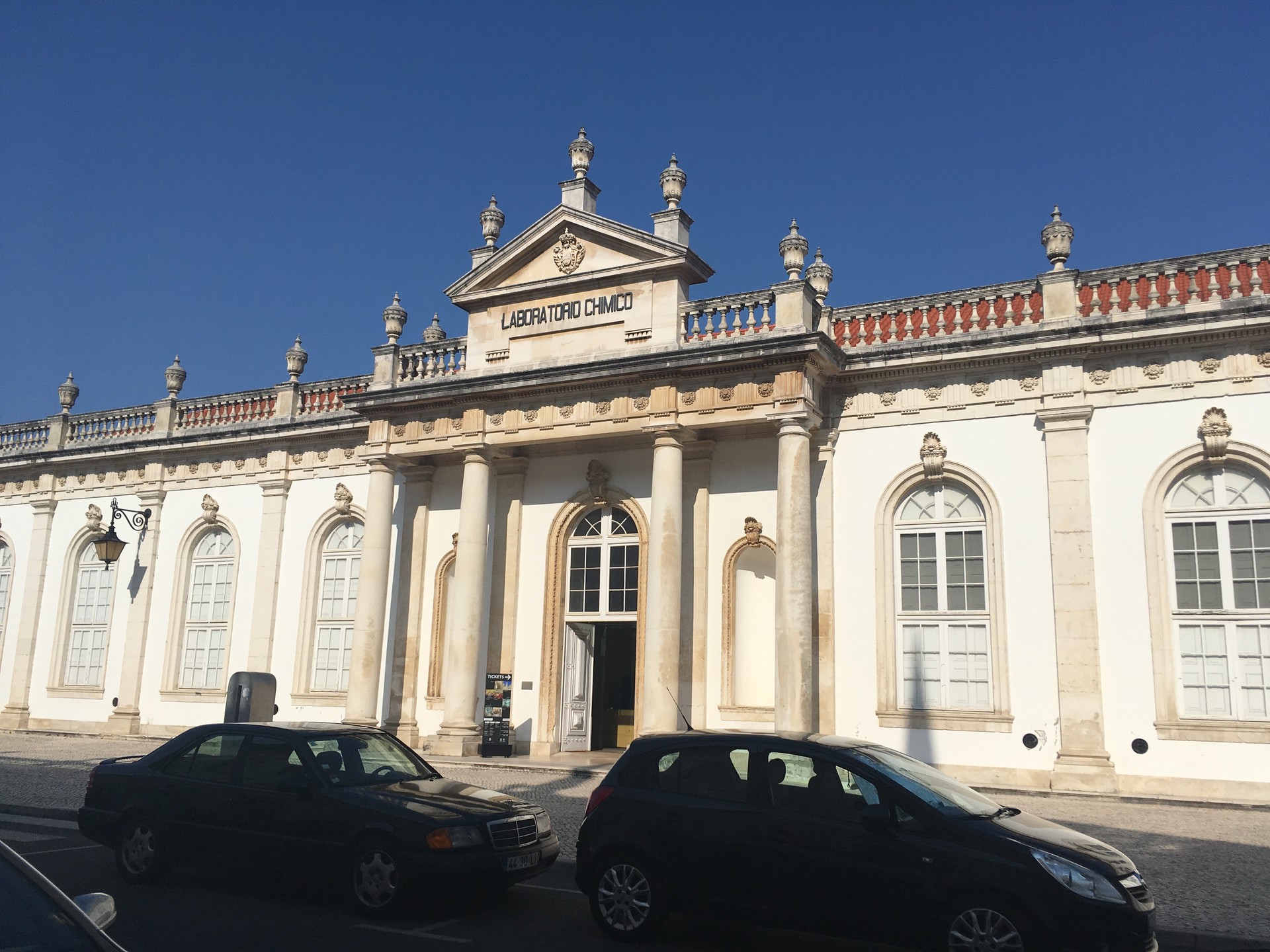Have you ever wondered how science was like in the early centuries? How did they study nature and its phenomenons without technology? What kind of objects did they use?
Since the university of Coimbra is one of the oldest in the world, it also represents the earliest studies of science. You can see scientific materials with more than 500 years old at Science Museum (or Museu da Ciência, in portuguese) in the university main campus, a great place to visit.

Science history
Science studies are as old as the world as we know. Since the beggining of humanity, men (and women) would observe the sky, the climate and notice other natural phenomenons to plant. Later on, the activity of studying nature became a more complex thing, and some people dedicated their lifes only for doing so. That's how scientists and philosophers emerged.
For a while, this professions were only for those who didn't need to work: nobles and religious people. In the beggining of modern age, this knowledges got more popular and started to be taught in schools and universities.
Nowadays, science is everywhere. News talk about recent inventions and discoveries, and technology moves the world.
Science Museum history
The university of Coimbra was founded in the 13th century by D. Dinis, a portuguese king that revolutionized education in the country. Since then, studies in many areas have developed but mostly in traditional areas such as Philosophy, Art, Law and Medicine.

The religious orders in Portugal were also responsible for the growth in knowledge and studies. They used to have colleges for jesuites in Coimbra and many other cities, and sometimes science would mix with religion. Art and Philosophy were also mixed with science studies, meaning that while observing nature you could both think scientifically or philosophically.
When Portugal started conquering (or invading, depending on the point of view) territories all over the world, science studies became even more necessary. Navigators would bring plants and animals from all the colonies to be studied in University of Coimbra.
While that happened, the religious orders were expelled from Portugal, but their educational tradition remained. In the 18th century, by Marques de Pombal orders, there were several investments in education in the country and the university of Coimbra got a science lab, where Museu da Ciência is now set.

Nowadays, many of the old discoveries in natural science, phisics and chemistry are kept and exhibited there, and you can also visit the old classrooms and labs and imagine how it was to study science many centuries ago.
What to see
The museum has three main buildings: Laboratorio Chimico (Chemical Lab), Gabinete de Física (Phisics cabinet) and Gabinete de Historia Natural (Natural History cabinet).
In the first one you will find the old science labs with original tools and a brief history of the chemical and phisics discoveries and studies in Coimbra.
In the second one, you will find old classrooms and an exposition on the history of science worldwide.

In the last one (the biggest), you will find samples of animals and plants found in the 17th century in the portuguese territories all over the world. There are stuffed animals, indigenous tools, rocks and more. Really nice.
Besides the exhibitions, the buildings are also very nice and old, with renaissance architecture with religious influences.

Visitations
The museum is part of the University of Coimbra historic collection and it is open for visitations from Tuesday to Sunday, from 10 am to 6 pm.
To visit it, you need to buy tickets, that includes the museum and all the attractions on the main university campus - Joanina Library, Paço das Escolas, Paço Real, São Miguel chapel. It costs 12 euros, the general admission, or 9 euros, the reduced price (for students under 26 years old). For students of University of Coimbra, the entrance is free, as well as for children under 13 years old.

Paying or not, the museum is a must see in town. It is a one of a kind experiece to see how scientific studies went on many years ago and, just like that, understand how we got to the technology we have today.
